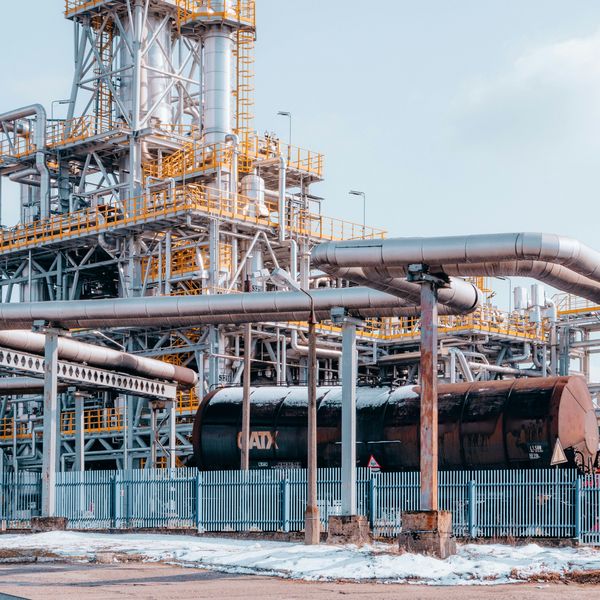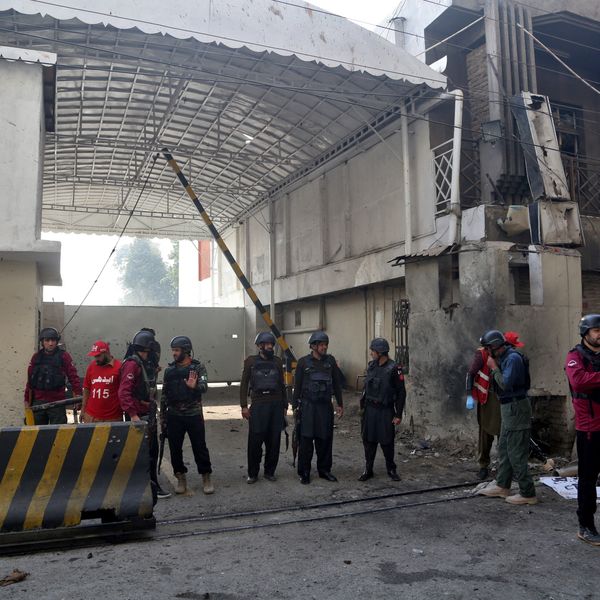Pakistan's inflation projected at 4.4% in FY26 amid stable rupee
Subdued global commodities, currency stability, and policy discipline set stage for further monetary easing as inflation undershoots central bank target

Haris Zamir
Business Editor
Experience of almost 33 years where started the journey of financial journalism from Business Recorder in 1992. From 2006 onwards attached with Television Media worked at Sun Tv, Dawn Tv, Geo Tv and Dunya Tv. During the period also worked as a stringer for Bloomberg for seven years and Dow Jones for five years. Also wrote articles for several highly acclaimed periodicals like the Newsline, Pakistan Gulf Economist and Money Matters (The News publications)

Pakistan's inflation rate is likely to remain at 4.4% during fiscal year 2025-26 (FY26), broadly in line with estimations.
Inflation will be driven by a modest increase in the heavily weighted food and housing indices amid subdued international commodity prices.
The Pakistani rupee is expected to remain stable due to improved external account position driven by elevated remittances and rising exports aided by structural reforms.
Persistent tight monetary and fiscal stances, alongside currency stability, are expected to further ease inflation from the FY25 expected level of 4.5%.
This disinflationary trend would create room for the central bank to continue with monetary easing, as headline inflation is projected to undershoot the medium-term target range of 5–7%, said Muhammad Awais Ashraf, director research at AKD Securities.
The brokerage forecasts inflation to average 4.4% in FY26E, 2.6% lower than its earlier projection, driven by a modest increase in the heavily weighted food and housing indices amid subdued global commodity prices. This reinforces the brokerage's outlook for a single-digit policy rate during 2025, with the rates expected to bottom at 9.5%.
Despite the downward revision in inflation expectations, AKD Securities maintains its policy rate assumption due to prevailing uncertainty around trade tariffs and weaker-than-anticipated external inflows, the director research added.
Ashraf said that food prices are likely to stay contained, except for sugar, supported by favorable weather, improved water availability, and a more efficient supply chain, aided by lower financing costs.
The housing index is also expected to ease further in FY26, reflecting limited adjustments in electricity and gas tariffs, along with a decline in liquified hydrocarbon prices. Similarly, the clothing and footwear index is projected to moderate due to improved domestic cotton availability and stable energy costs.
However, the transport index is expected to rise in FY26, unlike the decline seen in FY25, due to the assumed gradual increase in petroleum development levy (PDL) to PKR 95.5 per liter on petrol and high-speed diesel.
Food prices to rise but at a lower pace
"We foresee food prices to rise in FY26, albeit at a moderate pace, driven by stable wheat prices and a significant decline in the prices of key vegetables such as onions, potatoes, and tomatoes during the Rabi season," Ashraf said.
Despite a drop in wheat output for FY25, the brokerage anticipates prices to remain largely stable through out the year, supported by adequate buffer stocks.
The moderation in prices of major crops has shifted farmers' focus toward minor crops, which is likely to reduce the frequency of supply shocks in vegetable markets. Furthermore, the availability of cheaper animal feed is expected to keep the prices of meat, poultry, eggs, and milk in check.
The housing index is expected to remain muted on lower electricity and gas adjustments. These factors, along with declining prices of liquified hydrocarbons driven by lower oil prices, would help to ease pressure.
Electricity prices are expected to remain low on a year-on-year basis due to reduction in base tariff and continuation of PDL based subsidy.










Comments
See what people are discussing